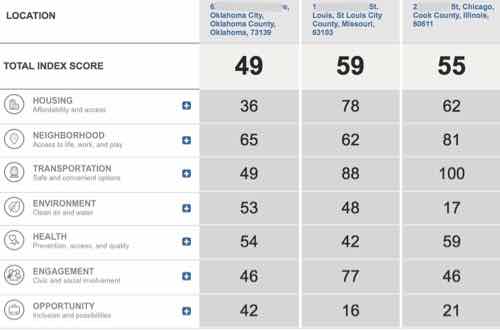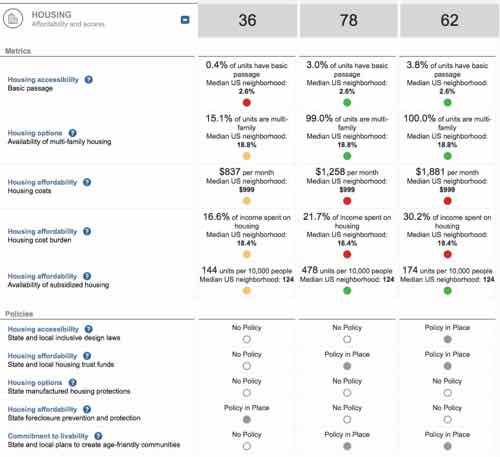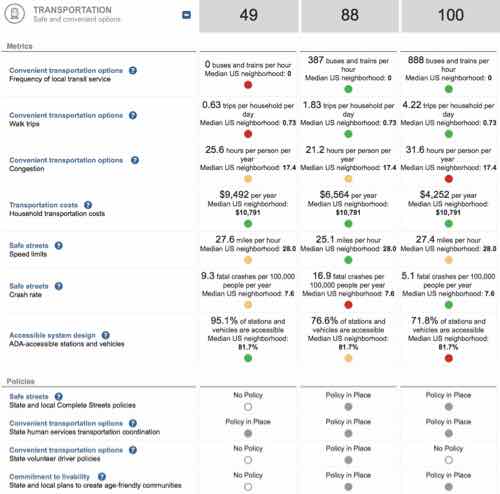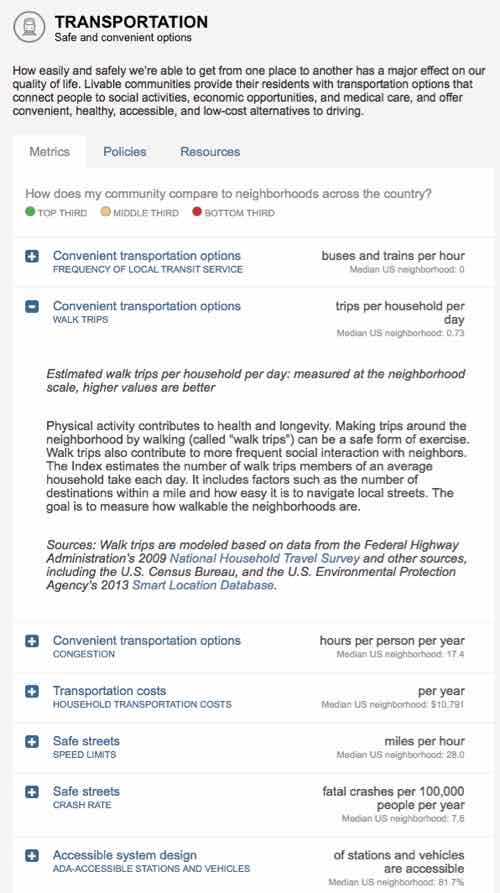Legal Challenge To City’s Smoking Ban Denied

In late December news broke involving the city’s smoking ban, specifically the expiration of the 5-year exemption for some small bars:
Confronted with a lawsuit from Herb Krischke and his south-city bar the Trophy Room, a judge has halted enforcement of St. Louis’ smoking ban — which was set to go into law much more widely as of midnight on January 1.
The last-minute reprieve was first reported just minutes ago by the St. Louis Business Journal, which says that Judge David Dowd has issued a temporary restraining order, stopping the city from enforcing the ban on the Trophy Room until he can hear the case on January 11. (RFT)
The TRO was only applicable to the Trophy Room. My post on January 11th, Lottery Machine Does Not A Casino Make, argued why Dowd would likely rule against the bar. I never heard the results of the hearing, so I went to Missouri Courts online to see what I could find. Turns out Judge Dowd ruled on the request for a preliminary injunction on January 15th!
What’s a preliminary injunction?
Definition
A temporary injunction that may be granted before or during trial, with the goal of preserving the status quo before final judgment.Overview
To get a preliminary injunction, a party must show that they will suffer irreparable harm unless the injunction is issued. Preliminary injunctions may only be issued after a hearing. When determining whether to grant preliminary injunctions, judges consider the extent of the irreparable harm, each party’s likelihood of prevailing at trial, and any other public or private interests implicated by the injunction. Parties may appeal judge’s decisions on whether to award a preliminary injunction.
The petitioner is Trophy Room owner Herbert Krischke, the respondent is the City of St. Louis, the docket entry was one big paragraph but I’ve broken it up.
Introduction of the claim:
ORDER THE COURT HAS BEFORE IT PETITIONERS’ MOTION FOR PRELIMINARY INJUNCTION. FOLLOWING CONSIDERATION OF THE PLEADINGS, ARGUMENT, AND EVIDENCE PRESENTED, THE COURT NOW RULES AS FOLLOWS. PETITIONERS FILED THEIR VERIFIED PETITION SEEKING INJUNCTIVE RELIEF AND A JUDGMENT DECLARING THAT THE TROPHY ROOM IS EXEMPT FROM CITY OF ST. LOUIS ORDINANCE 68481 AS A “CASINO GAMING AREA” AS DEFINED BY THE ORDINANCE. IN THE ALTERNATIVE, PETITIONERS SEEK A JUDGMENT DECLARING THAT ORDINANCE 68481 IS INVALID BECAUSE IT IS UNCONSTITUTIONAL UNDER ARTICLE III, S40(30) OF THE MISSOURI CONSTITUTION. PETITIONERS REQUEST THAT THE COURT ISSUE A PRELIMINARY INJUNCTION PREVENTING RESPONDENT FROM ENFORCING SECTIONS FOUR AND FIVE OF CITY OF ST. LOUIS ORDINANCE 68481 AGAINST PETITIONERS. RESPONDENT’S OBJECTION TO PETITIONERS’ EXHIBIT 2, A CERTIFIED COPY OF CHAPTER 11.31 OF THE REVISED CODE OF THE CITY OF ST. LOUIS, WAS TAKEN UNDER SUBMISSION AT THE HEARING. RESPONDENT’S HEARSAY OBJECTION HAS NO MERIT. RESPONDENT’S OBJECTION THAT THE DOCUMENT IS INACCURATE AND INCOMPLETE DOES NOT GO TO ITS ADMISSIBILITY BUT RATHER ITS WEIGHT. THE COURT HEREBY OVERRULES RESPONDENT’S OBJECTION.
What the court must weigh in its decision:
A COURT, IN WEIGHING A MOTION FOR A PRELIMINARY INJUNCTION, SHOULD WEIGH THE PETITIONERS’ PROBABILITY OF SUCCESS ON THE MERITS, THE THREAT OF IRREPARABLE HARM ABSENT THE INJUNCTION, THE BALANCE BETWEEN SUCH HARM AND THE INJURY INFLICTED BY THE INJUNCTION ON OTHER INTERESTED PARTIES, AND THE PUBLIC INTEREST. STATE EX REL. DIRECTOR OF REVENUE V. GABBERT, 925 S.W. 2d 838, 839 (MO. BAC 1996). TRIAL COURTS ARE ALLOWED BROAD DISCRETION AS TO PRELIMINARY INJUNCTIVE RELIEF. FURNITURE MFG. CORP. V. JOSEPH, 900 S.W. 2d 642, 647 (MO. APP. W.D. 1995).
And the decision:
THE COURT FINDS THAT PETITIONERS HAVE NOT SHOWN SUFFICIENT PROBABILITY OF SUCCESS ON THE MERITS TO JUSTIFY THE GRANT OF A PRELIMINARY INJUNCTION. THE COURT DOES NOT FIND IT IS PROBABLE THAT PETITIONERS’ RETAIL LICENSE TO SELL MISSOURI LOTTERY PRODUCTS RENDERS THE SUBJECT PROPERTY A “CASINO GAMING AREA” AS DEFINED BY ORDINANCE 68481. IN ADDITION, PETITIONER HAS NOT SHOWN PROBABLE SUCCESS ON ITS CONSTITUTIONAL CHALLENGE OF ORDINANCE 68481. SEE CITY OF ST. PETERS V. ROEDER, 466 S.W. 3d 538,547 (MO. BANC 2015); LABRAYERE V. BOHR FARMS, 458 S.W. 3d 319, 334 (MO. BANC 2015); GENERAL MOTORS CORP. V. DIRECTOR OF REVENUE, 981 S.W. 2d 561, 568 (MO. BANC 1998). FINALLY, THE COURT HAS EXAMINED ORDINANCE 68481 AND FINDS THAT PETITIONERS’ ARGUMENT THAT THE ORDINANCE IS VOID FOR VAGUENESS IS NOT LIKELY TO SUCCEED. IN ADDITION, THE OTHER FACTORS CONSIDERED BY THIS COURT DO NOT SUPPORT THE GRANT OF A PRELIMINARY INJUNCTION. PETITIONERS HAVE NOT SHOWN SUFFICIENT THREAT OF IRREPARABLE INJURY ABSENT INJUNCTIVE RELIEF. THE BALANCE BETWEEN THE HARM TO PETITIONERS AND INJURY TO OTHERS DOES NOT WEIGH IN FAVOR OF GRANTING A PRELIMINARY INJUCTION. FINALLY, THE PUBLIC INTEREST WOULD NOT BE FURTHERED BY GRANTING A PRELIMINARY INJUNCTION IN THIS MATTER. THEREFORE, IT IS ORDERED AND DECREED THAT PETITIONERS’ MOTION FOR PRELIMINARY INJUNCTION IS HEREBY DENIED. SO ORDERED: 32929-JUDGE DAVID L. DOWD
The actual case is still pending, this was just a motion for a preliminary injunction. I don’t see any record of Krischke filing an appeal — my understanding is the city can now enforce the smoke-free ordinance at the Trophy Room. Smoking ban exemption everywhere else ended January 2nd. Nick Pistor of the Post-Dispatch posted about this on January 15th — I didn’t see it until researching for this post:
The Trophy Room argued that it operates Missouri Lottery’s Keno game, which makes it a gaming area.
“The court does not find it is probable that petitioners’ retail license to sell Missouri Lottery products renders the subject property a ‘casino gaming area,'” Dowd wrote.
It remains unclear how vigorously the city will enforce the ordinance. Bars can be fined $500 a day for violating it, but so far no citations have been written. (Post-Dispatch)
— Steve Patterson





